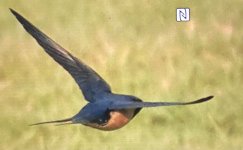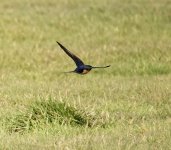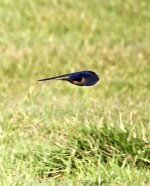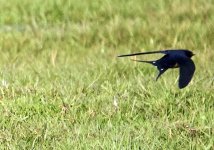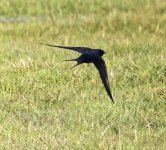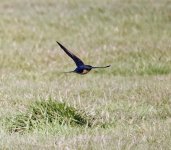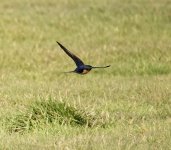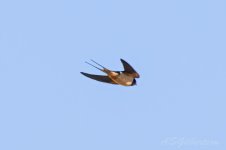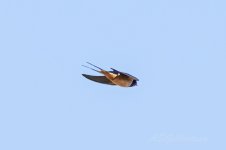KenM
Well-known member
Took a few almost out of the frame corner shots of a Barn Swallow last night, reviewed this am and was surprised at the red vent/flanks!
Assume that this is an occasional feature on UK Swallows although I couldn’t find any on line, these birds only emanating from NA and the Eastern Med?
Cheers
Assume that this is an occasional feature on UK Swallows although I couldn’t find any on line, these birds only emanating from NA and the Eastern Med?
Cheers




